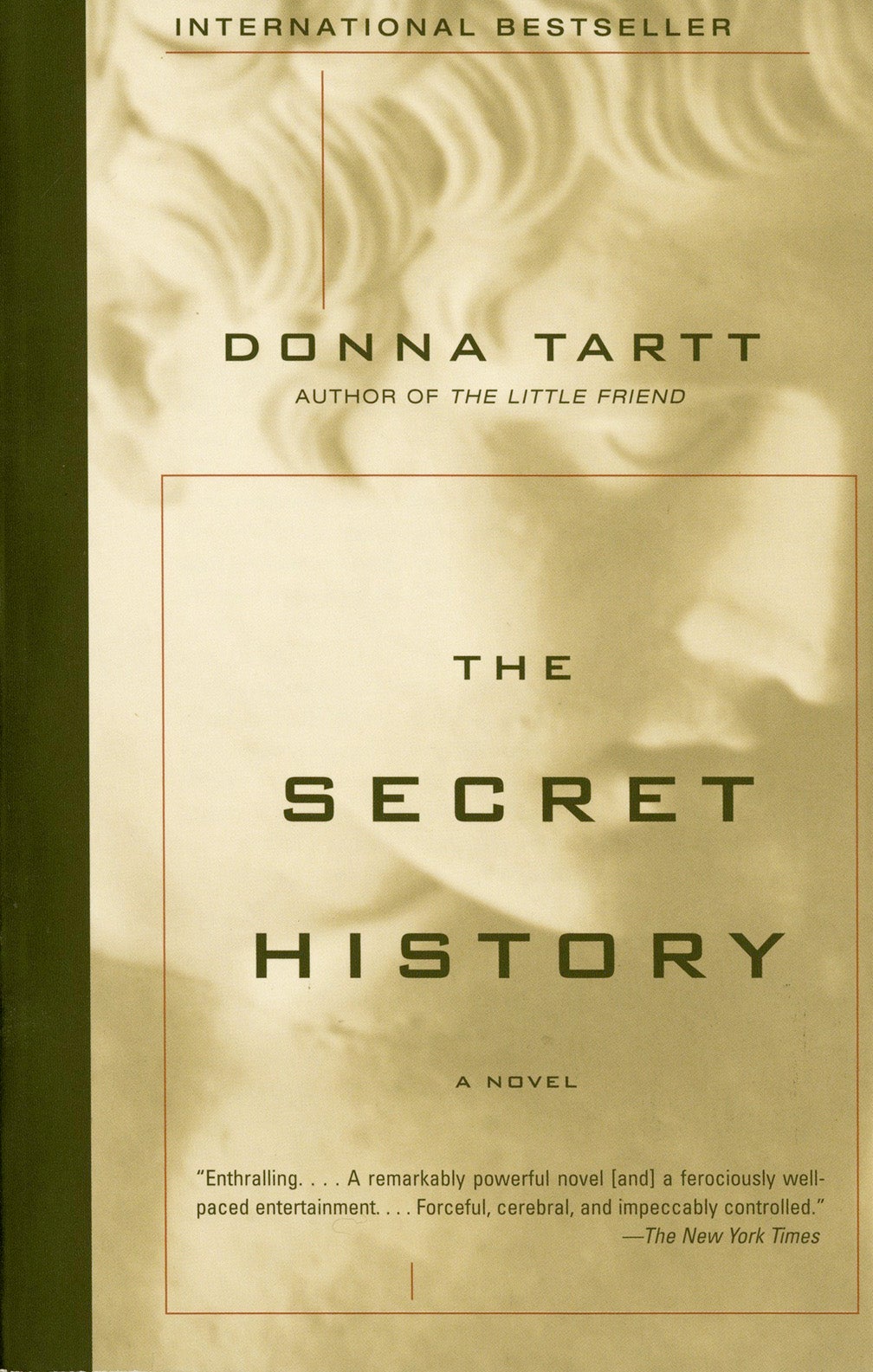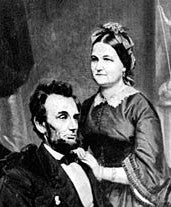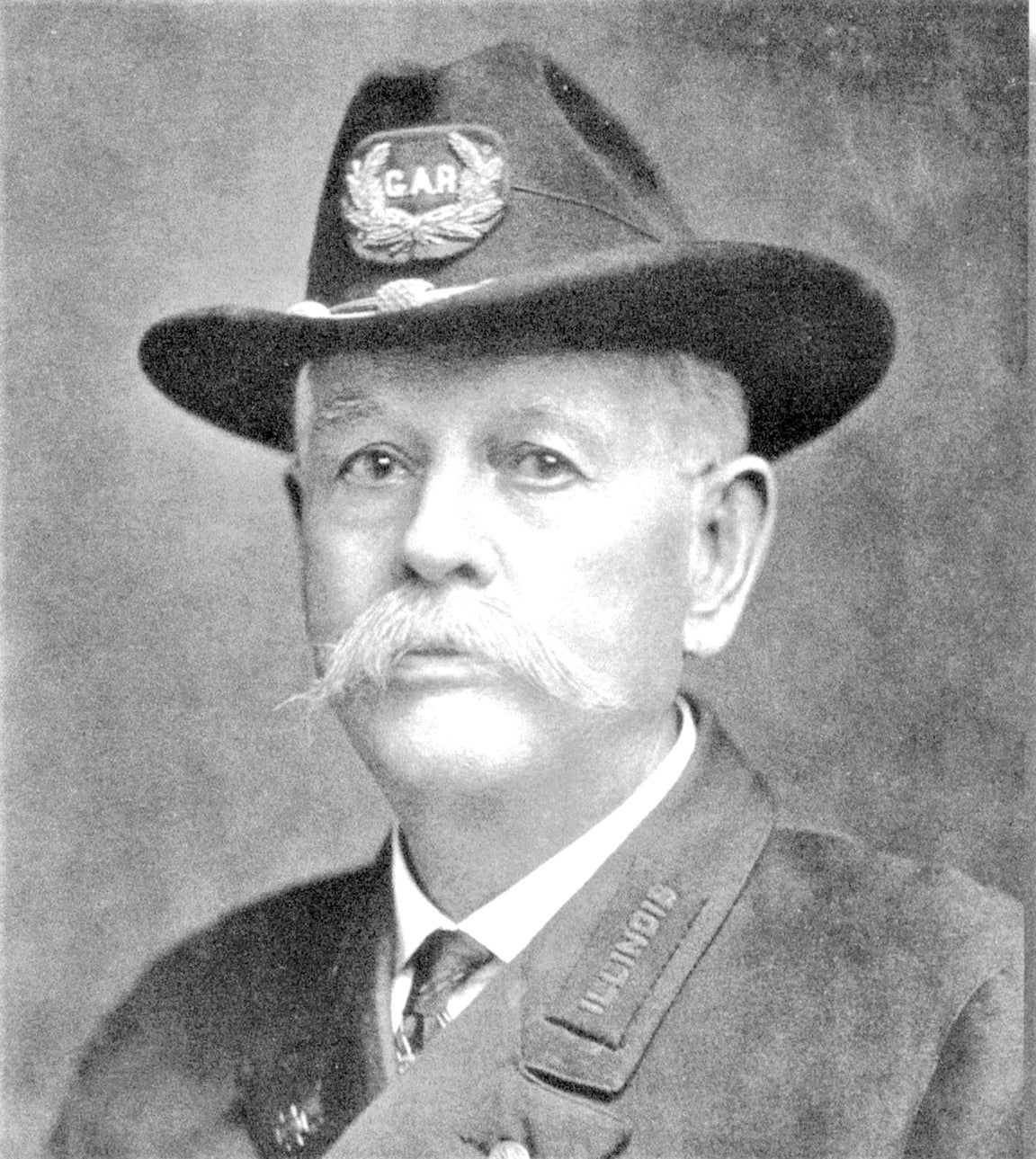“The Secret History” by Donna Tartt
“‘The Secret History’ succeeds magnificently … a remarkably powerful novel (and) a ferociously well-paced entertainment. . . Forceful, cerebral, and impeccably controlled.” — The New York Times
Do you like Greek history? Do you like murder mysteries that aren’t really mysteries? Do you like a Bildungsroman concentrated on a group of socially inept and snooty private school kids? Then do I have the book for you!
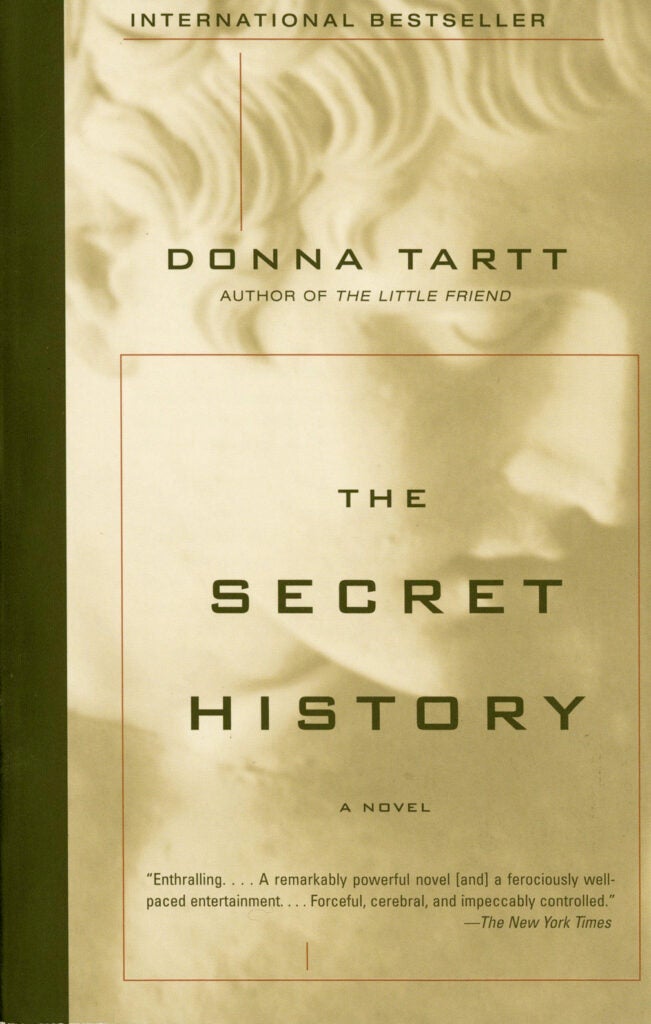
“The Secret History” begins with a murder perpetrated by the killers, and rather than a narrative asking, “who done it?” It instead asks you, “why they done it.” After the initial murder, you are transported back chronologically when the victim is still alive and the killers have no blood on their hands. Rather than looking for clues as to the identity of the killer, you will instead sift through the story looking for clues to the motive.
Our protagonist, Richard, leaves his working-class home in California and arrives at an elite New England school on scholarship. Roaming the grounds, he becomes aware of a small assembly of students in a very selective Classics program. Their professor is a faculty nightmare that essentially does whatever he pleases. Almost immediately, he is enamored with this group of people and their self-contained world. They are all mysterious, wealthy and intelligent, and Richard wants nothing more than to be seen the same way that he sees them.
After a few chance encounters, and some maneuvering on his own part, Richard is finally accepted into the program and begins to immerse himself in their lives. There is Bunny, a loud and lively boy that loves excess, fraternal twins Charles and Camilla, Francis, who has a large estate in the country, and Henry, a genius and seeming leader of the group. Rounding out the group is Julian, their professor, who hand-picks each student for his courses and grades them how he sees fit.
Beneath their interactions, however, Richard can feel a humming current of tension that seems to put everyone on edge. Although they have allowed him into their secret society, they are not telling him everything, and Richard finds himself trying to walk a tightrope between each member, hoping to learn the cause of their collective unease. Upon this stage, the book begins to weave its beautiful web of friendship, obsession and secrets. It is a brutally disarming story about the illusion that youth is forever.
Donna Tartt, the author, published this book in 1992, when she was just 29 years old, leading immediately to acclaim. This was her first of only three published novels. More than 20 years later, she would go on to win the Pulitzer Prize for fiction with “The Goldfinch.”
— Review by Ernie Dixon, Paul Sawyier Public Library
“Educated: A Memoir” by Tara Westover
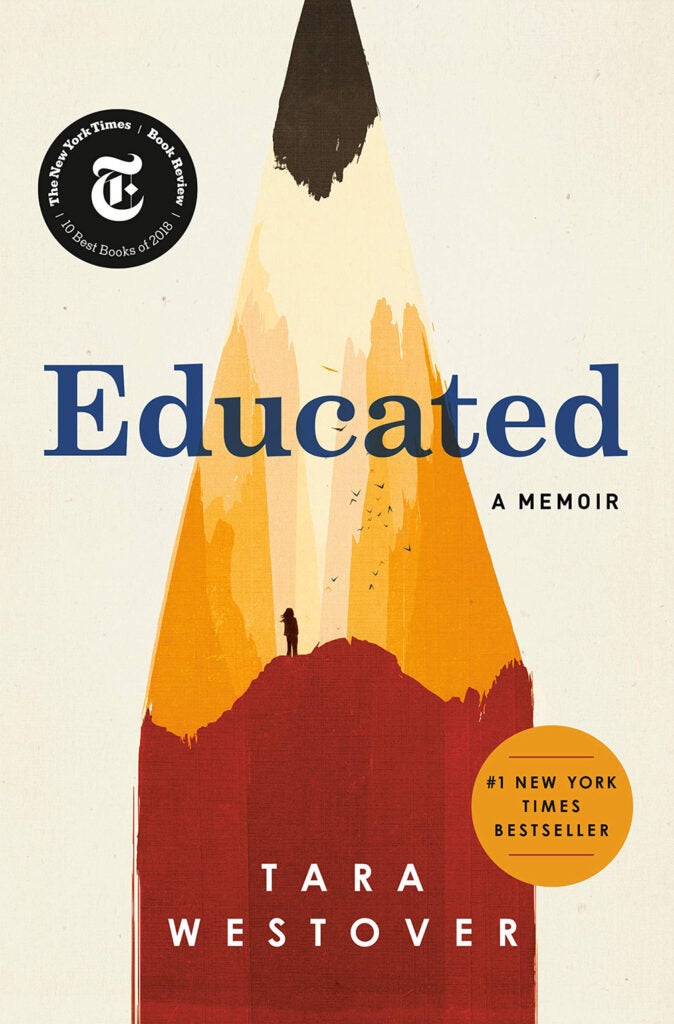
“Educated” is Westover’s memoir. Many of the names are changed to preserve the privacy of those written about. Westover grew up in a Mormon family in Idaho. Her parents opposed formal education and severely distrusted the government. The story focuses first on her isolated childhood among her parents and siblings in the rural mountains of Idaho.
Westover realizes she needs to leave her parents’ home. She studies in secret and is accepted to Brigham Young University. Leaving home creates a rift between her and her family, but upon entering the larger world, Westover realizes how atypical her upbringing was and how many things were kept secret from her.
“Educated” is a vivid, heartbreaking but beautiful memoir of struggle, success and living life on your own terms.
— Review by Amy Mitchell, Paul Sawyier Public Library
“Dear Mrs. Bird” by A.J. Pearce
Imagine discovering a women’s magazine from 1939, and reading the “advice for women” column. That is origin of A.J. Pearce’s inspiration for a novel set during the bombing of London in World War II. The characters are mainly female who support the country’s defense by being telephone operators with the Auxilliary Fire Service during the evenings when the Germans rained their blitz of terror throughout the densely populated urban centers of London.
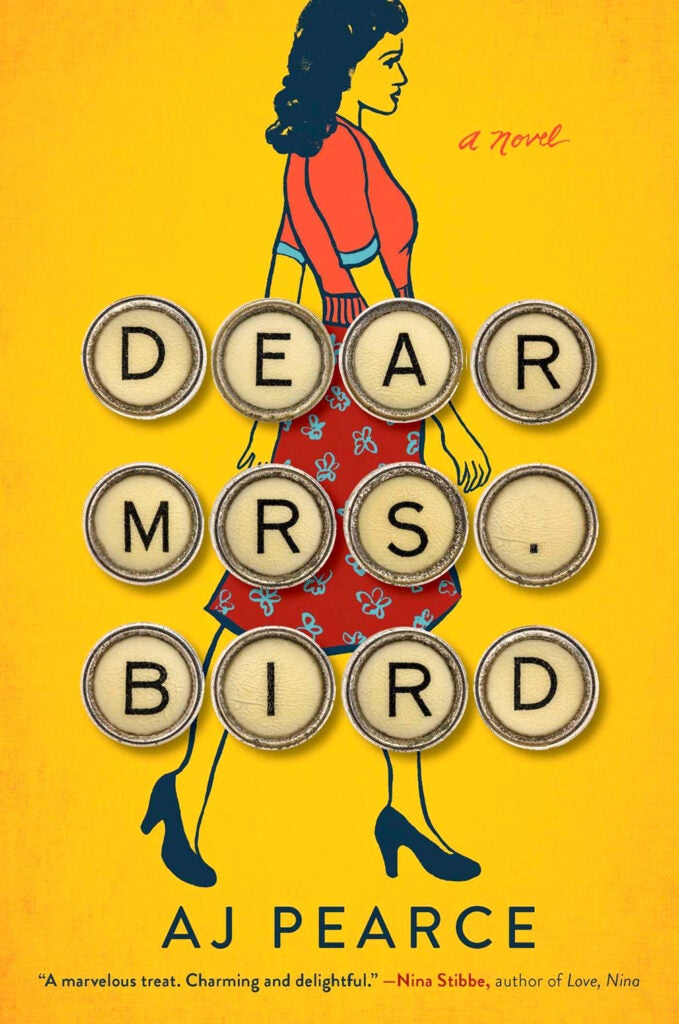
Emmaline Lake has committed to the evening watch of peril, but dreams of being a war correspondent. She is able to get her foot in the door of the London Evening Chronicle accepting a position as assistant to the advice editor with hopes that she can work her way to a more meaningful option at the paper. The real Mrs. Bird is much older and has no tolerance for the “unpleasantness” of advice request letters. Emmaline is instructed that those kinds of letters should go straight to the bin. But the younger women writing for guidance in their situations grabs the heart-strings of the assistant. Emmaline decides to answer these women secretly without Mrs. Bird’s knowledge.
Emmaline’s best friend and roommate, Bunty, is appalled when the secret is shared. Bunty’s fiancé is a firefighter who performs a “real” service in the war putting out fires to blind the German attackers, and rescuing victims from bombed structures. One woman rescued asks if she can just sit in a chair where her kitchen used to be, and there is the inconsolable child whose dolly is buried treasure in the rubble.
The novel’s drama fluctuates from the seriousness plague of the bombings torturing civilians to the spirited determination of the youth to carry on with their lives. Pearce creates a realistic home-front where friendship, and love will outlast the most challenging of times.
If you were a fan of “The Chilbury Ladies’ Choir” or “The Guernsey Literary and Potato Peel Society,” you’ll appreciate the first in Pearce’s series on Emmaline Lake.
— Review by Lizz Taylor, Poor Richard’s Books
“We Are Bellingcat: Global Crime, Online Sleuths, and the Bold Future of News” by Eliot Higgins
There is a fable often attributed to Aesop, but the more likely source was a Scottish folktale about the meeting of noblemen who wanted to remove and kill King James III. One Lord is quoted as saying to the others, “Tis well said, but wha daur bell the cat?” The Aesop tale has a group of mice being hunted by the house cat, and volunteers are asked to come forward to tie a bell on the cat. No mouse will volunteer. The moral of the fable is that a plan is useless if it is not achievable.
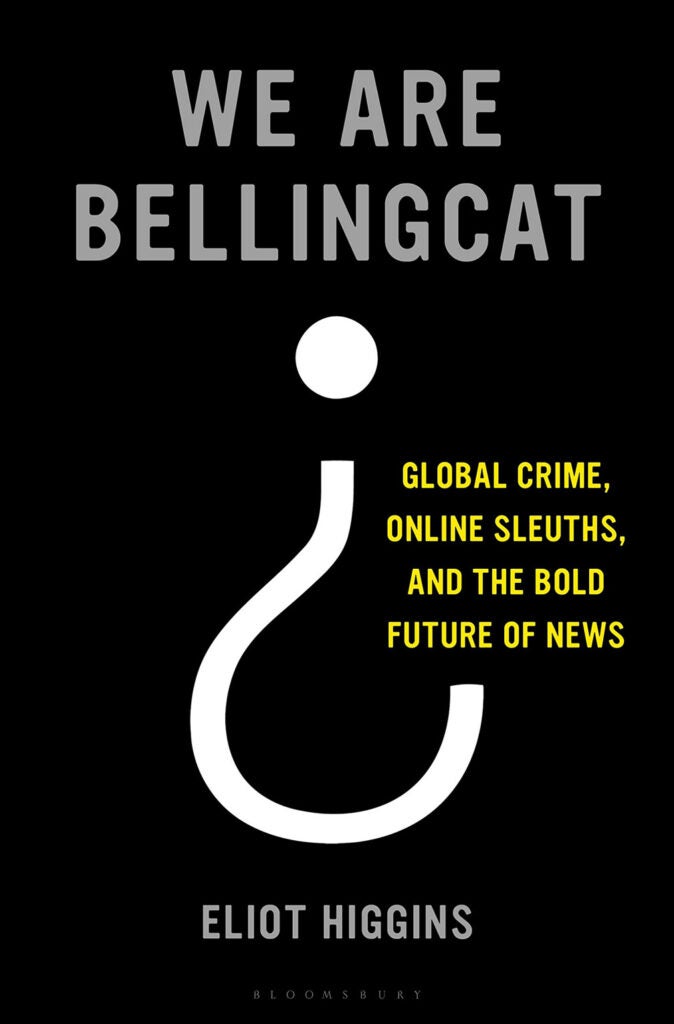
Eliot Higgins and the 18 staff members that work for Bellingcat have turned the world of espionage and intelligence research upside down. It all began about a decade ago with the wide-spread use of smart phones and social media to solve crimes.
Higgins has volunteers around the world using the internet, social-media posts such as you-tube and satellite maps to gather real information. He states that incredibly in this world of online disinformation, the facts are easy to obtain. Bellingcat has “no agenda but we do have a credo: evidence exists and falsehoods exist, and people still care about the difference.”
Eliot realized that with careful scrutiny he could obtain facts that the press and expert investigators using traditional methods could not discover. Their team helped to point out the disinformation about COVID-19, and revealed a Kremlin “kill team.” Their principles of “Identify, Verify, Amplify” guide their mission for accountability. Traditional reporting is still irreplaceable but it is incomplete. Bellingcat’s techniques have spread to long established news organizations who are beginning to utilize open-source investigation units to confirm the stories they report.
Mark Twain is credited with saying that “truth is stranger than fiction, because fiction is obliged to stick to probability, and truth ain’t.” If you read detective or mystery novels, you could be tempted to read about global crimes and how the Bellingcat group unravels the truth with the mice catching the cat!
— Review by Lizz Taylor, Poor Richard’s Books

